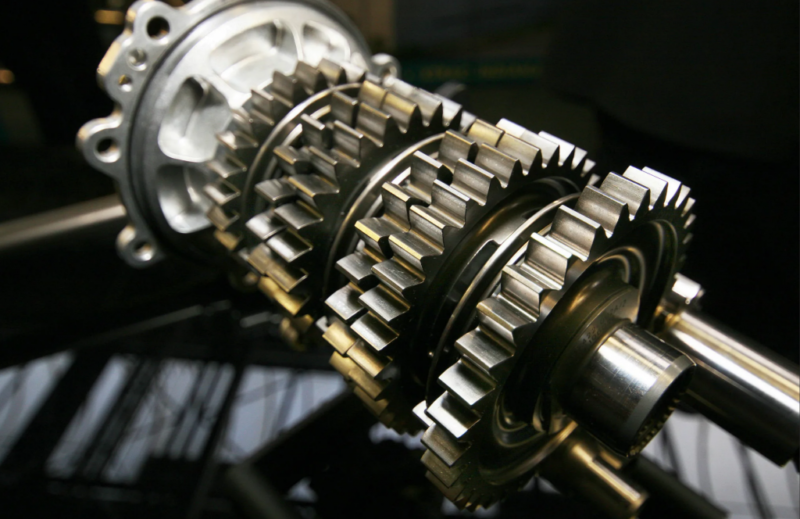1993 Dodge Dakota Transmission Problems
The 1993 Dodge Dakota is a popular pickup truck known for its durability and ruggedness. However, like any vehicle, it is not immune to mechanical issues. One of the most common problems that owners of this model face is transmission trouble. In this article, we will explore the common problems, symptoms, consequences, and repair costs associated with the 1993 Dodge Dakota transmission problems.
Common Problems
The transmission system in the 1993 Dodge Dakota can experience various issues over time. Some of the most common problems reported by owners include:
- Transmission slipping: This occurs when the transmission fails to engage properly, causing a delay in acceleration or a loss of power.
- Transmission fluid leaks: Leaks can develop in the transmission system, leading to a low fluid level and potential damage to the transmission components.
- Shift solenoid failure: The shift solenoids control the flow of transmission fluid and the shifting of gears. When they fail, it can result in erratic shifting or the inability to shift gears at all.
- Torque converter issues: The torque converter is responsible for transferring power from the engine to the transmission. Problems with the torque converter can lead to transmission overheating, slipping, or stalling.
Symptoms and Signs

Identifying the signs of transmission problems in your 1993 Dodge Dakota is crucial for timely repairs. Here are some common symptoms that may indicate transmission issues:
- Difficulty shifting gears: If you experience difficulty shifting gears or notice a delay in gear engagement, it could be a sign of a transmission problem.
- Strange noises: Unusual noises such as grinding, whining, or clunking sounds coming from the transmission could indicate internal damage.
- Burning smell: A burning odor, especially when accompanied by transmission slipping or overheating, may suggest a problem with the transmission fluid.
- Fluid leaks: If you notice red or brown fluid pooling underneath your vehicle, it could be a sign of a transmission fluid leak.
- Warning lights: The check engine light or the transmission temperature warning light may illuminate on the dashboard, indicating a transmission issue.
Consequences
Ignoring transmission problems in your 1993 Dodge Dakota can have severe consequences. Some of the potential consequences include:
- Complete transmission failure: Neglecting transmission issues can lead to a complete breakdown of the transmission system, rendering your vehicle inoperable.
- Costly repairs: Delaying necessary repairs can result in more extensive damage, leading to higher repair costs.
- Reduced fuel efficiency: A malfunctioning transmission can cause your vehicle to consume more fuel than usual, resulting in decreased fuel efficiency.
- Unsafe driving conditions: Transmission problems can affect the overall performance and control of your vehicle, potentially compromising your safety on the road.
Repair Cost
The cost of repairing transmission problems in a 1993 Dodge Dakota can vary depending on the specific issue and the labor rates in your area. However, it is important to note that transmission repairs can be quite expensive. On average, the cost of repairing a transmission in a Dodge Dakota ranges from $1,800 to $3,500.
It is recommended to consult with a qualified mechanic or transmission specialist to diagnose the exact problem and provide an accurate estimate for repairs.
| Transmission Problem | Repair Cost |
|---|---|
| Transmission slipping | $1,000 – $2,000 |
| Transmission fluid leaks | $200 – $400 |
| Shift solenoid failure | $300 – $600 |
| Torque converter issues | $1,500 – $3,000 |
Remember, these are just estimated costs, and actual repair expenses may vary.
In conclusion, the 1993 Dodge Dakota may experience transmission problems such as slipping, fluid leaks, shift solenoid failure, and torque converter issues. It is crucial to recognize the symptoms and signs of these problems to avoid further damage and costly repairs. If you suspect transmission trouble in your 1993 Dodge Dakota, consult a professional mechanic for a proper diagnosis and repair plan.
